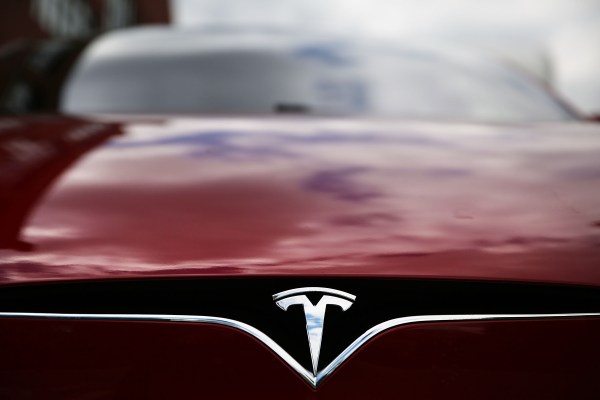It’s a big week for Tesla, and it’s kicking off with “Autonomy Investor Day” on April 22.
What is Autonomy Investor Day, you ask? The details are vague, but it’s supposed to be a demonstration that explains and showcases Tesla’s autonomous driving technology.
CEO Elon Musk put it a bit more dramatically when he tweeted earlier this month: “On April 22, Investor Autonomy Day, Tesla will free investors from the tyranny of having to drive their own car.”
Tesla will live-stream the event, which is being held at its headquarters in Palo Alto, at 11 a.m. PT at livestream.tesla.com. You can also watch it on the Tesla YouTube channel.
Later this week, Tesla will report first-quarter earnings (on April 24). The following day is the deadline for Tesla and the Securities and Exchange Commission to report back to a judge on an escalating fight over Musk’s recent tweets, which allegedly violated an agreement between the two parties that was reached last year.
Like so many events surrounding Tesla, there is already drama attached to autonomy day. Tesla was granted a temporary restraining order Friday against a short seller and vocal Twitter critic who recently photographed a Model 3 that was being filmed ahead of the autonomy investor day.
PlainSite.org posted the restraining order, in which Tesla claims Randeep Hothi “stalked, harassed and endangered” employees driving in a Model 3 bearing manufacturer plates and mounted with camera equipment. Tesla claims the individual followed the vehicle for 35 minutes and at one point swerved so close to the vehicle that the side collision avoidance safety feature was triggered.
Tesla vehicles are not considered fully autonomous, or Level 4, a designation by SAE that means the car can handle all aspects of driving in certain conditions without human intervention.
Instead, Tesla vehicles are “Level 2,” a more advanced driver assistance system than most other vehicles on the road today. Musk has promised that the advanced driver assistance capabilities on Tesla vehicles will continue to improve until eventually reaching that full automation high-water mark.
Tesla offers two different advanced driver assistance packages to customers: Autopilot and Full Self-Driving. Autopilot is ADAS that offers a combination of adaptive cruise control and lane steering and is now a standard feature on new cars. The price of vehicles has been adjusted higher to reflect the addition of Autopilot as a standard feature.
Full Self-Driving, or FSD, costs an additional $5,000. (And, to be clear, vehicles are not full self-driving driving.) FSD includes Summon as well as Navigate on Autopilot, an active guidance system that navigates a car from a highway on-ramp to off-ramp, including interchanges and making lane changes. Once drivers enter a destination into the navigation system, they can enable “Navigate on Autopilot” for that trip.
Tesla continues to improve Navigate on Autopilot and the broader FSD system through over-the-air software updates. The company says on its website that FSD will soon be able to recognize and respond to traffic lights and stop signs and automatically drive on city streets.
